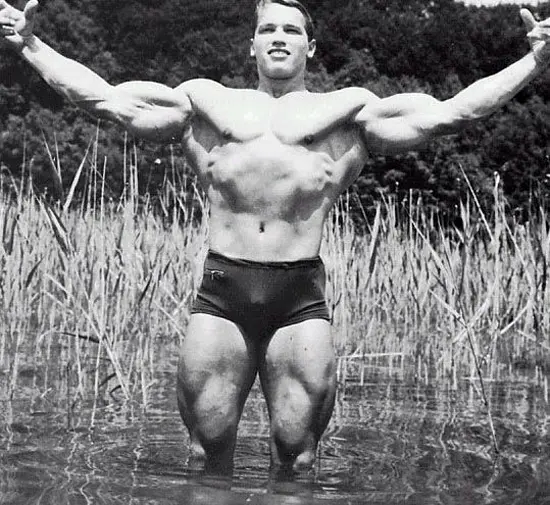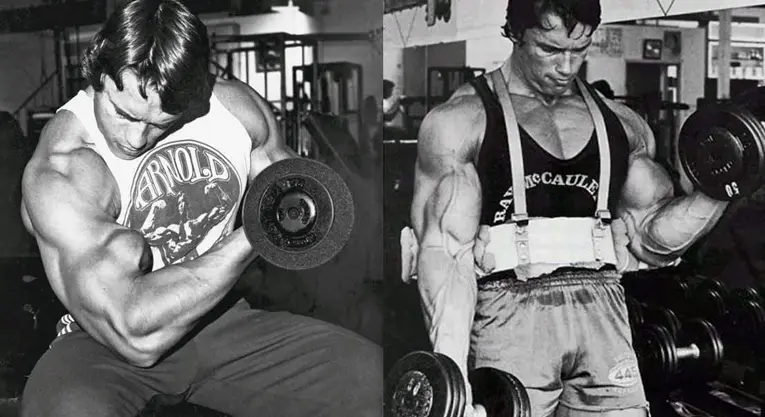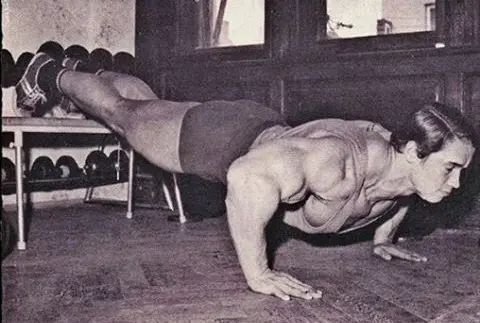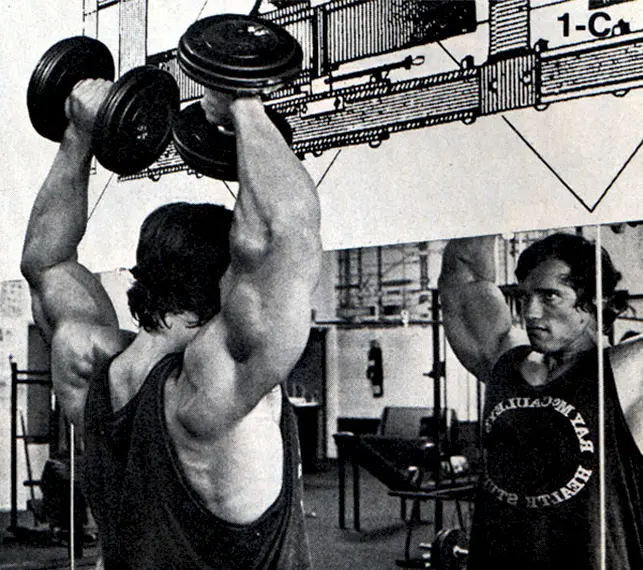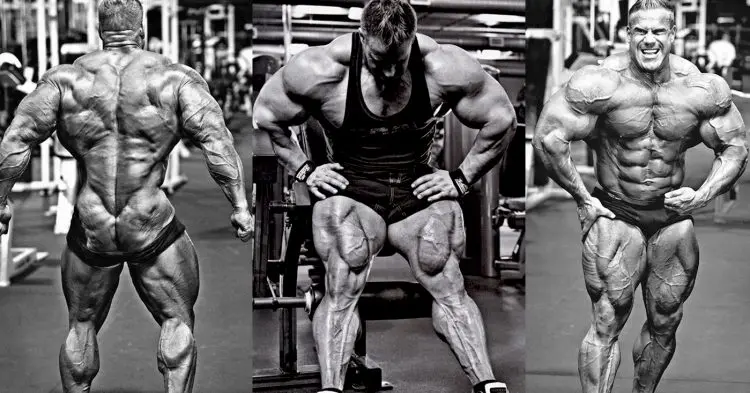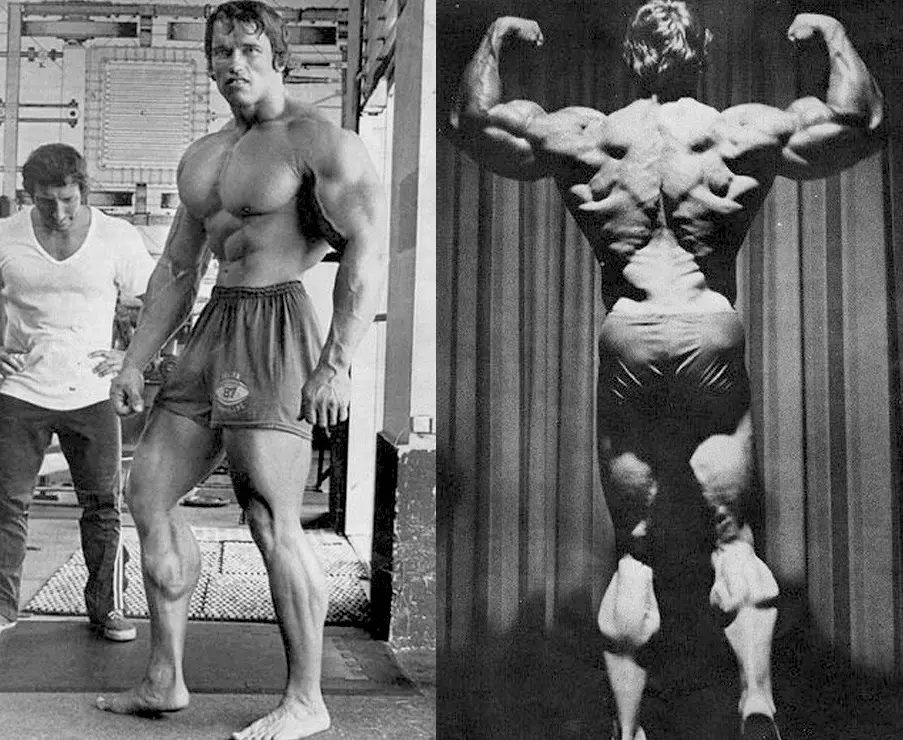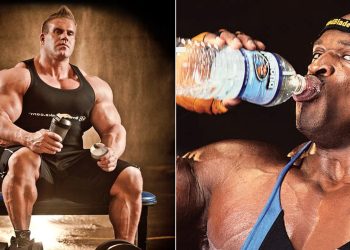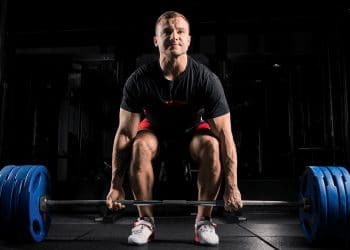Almost anyone who lifts weights will, at some point, have a body part that is not as well developed as the rest of their body. In some cases, the cause of this problem is genetics, while at other times, it’s because the lagging muscle group was not trained correctly or often enough.
An underdeveloped body part can have a huge effect on your physique. People’s eyes are often drawn toward that weakness, spoiling what should be an aesthetically pleasing shape. An underdeveloped muscle can also be a source of injury.
It’s not just the average gym goer that suffers from lagging body parts; even pro bodybuilders can find themselves in this situation.
Bodybuilding legend Arnold Schwarzenegger once had such small calves, compared to his otherwise massive body, that he would only be photographed in knee-deep water! His solution? He cut all his training pants off at the knee to draw attention to this imperfection and used this to inspire him to work his lower legs harder than ever before.
So, if you’re ashamed of your underdeveloped quads, flat butt, or skinny arms, we’re here to help. Here are eight ways to bring up a lagging muscle group!
Level Up Your Fitness: Join our 💪 strong community in Fitness Volt Newsletter. Get daily inspiration, expert-backed workouts, nutrition tips, the latest in strength sports, and the support you need to reach your goals. Subscribe for free!
8 Ways to Bring Up a Lagging Muscle Group
Don’t try and use all these methods at once. That’s a recipe for overtraining and injury. Instead, pick just one, use it for a month or so, evaluate your progress, and then use another method if necessary.
Remember that, for your workouts to be productive, you need to pay attention to recovery, sleep, and nutrition, as well as training. Otherwise, your extra work won’t deliver the results you want.
1. The priority method
This method is the ideal solution when your lagging muscle group isn’t too far behind the rest of your body. It doesn’t require a whole lot of extra time or effort, and you can continue training the rest of your body normally.
To use this method, simply train the body part you want to bring up at the start of your training week and at the beginning of your first workout. So, if your biceps are lagging, your Monday workout should start with biceps training.
This method works because it makes the most of when your enthusiasm and energy are highest. Also, training the muscle group first each week means you have time to use another method toward the end of the week if you really need or want to.
2. The at-home workout method
A lot of bodybuilders train each muscle group once per week using what is called a body part split. They might train chest on Monday, legs on Tuesday, back on Thursday, etc. While this is an effective training split, it also makes it hard to fix any muscle imbalances.
While you COULD add an extra workout to your routine to train your lagging muscle group more often, it may not be practical to go to the gym more often. The at-home workout method allows you to bring up your weak body part while doing the extra workouts at home.
For example:
- Monday – gym chest workout
- Tuesday – gym back workout
- Wednesday – at-home chest workout
- Thursday – gym legs and shoulders workout
- Friday – gym arms workout
- Saturday – at-home chest workout
- Sunday – rest
Each at-home workout should only take 20-30 minutes and use different exercises to those you usually use at the gym. Bodyweight exercises, resistance bands, a suspension trainer, and dumbbells are all good options as they don’t take up much space and are cheap to buy.
3. The wheel spoke method
Imagine a spoked wheel. At the center of the wheel is the hub. The hub represents the main muscle group you want to train, whereas the spokes represent the muscle group you want to bring up.
In your workout, for every set of your hub exercise you perform, you also perform a set for your lagging muscle group – the spokes.
For example:
Hub muscle group – chest
Spoke muscle group – calves
- Bench press
- Seated calf raises
- Incline dumbbell press
- Standing calf raises
- Dips
- Donkey calf raise
- Cable flyes
- Ankle hops
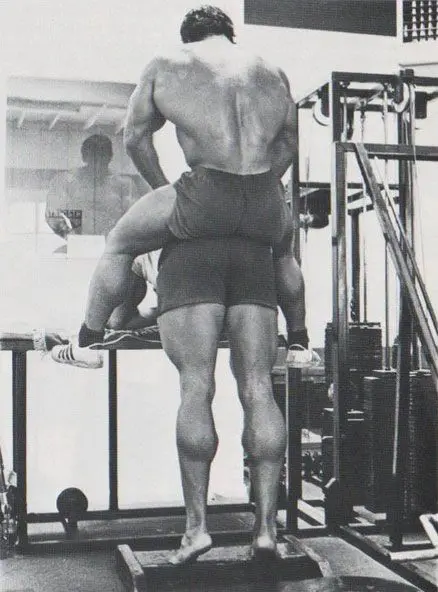
Because you are doing your spoke exercises in between hub exercises in superset fashion, you won’t add much, if any time to your workout, and can keep your main exercise choices the same.
Level Up Your Fitness: Join our 💪 strong community in Fitness Volt Newsletter. Get daily inspiration, expert-backed workouts, nutrition tips, the latest in strength sports, and the support you need to reach your goals. Subscribe for free!
Avoid choosing hub and spoke exercises that are too similar or that overlap. For example, lats and biceps would not work very well, as most lat exercises also involve biceps already. For the same reason, shoulders and chest wouldn’t work either. Push-pull pairings work well, as do distant/dissimilar body parts, like quads and biceps.
4. The bookend method
With the priority training method, you start your workout with your weak muscle group before moving onto whatever else you have planned for that session. With the bookend method, you also finish your workout with that body part.
This increases training volume but, because that volume is split by a different muscle group, you should still be able to work with plenty of muscle-building intensity too.
For example, if you were training back and triceps, and your back needs extra work, your workout could look like this:
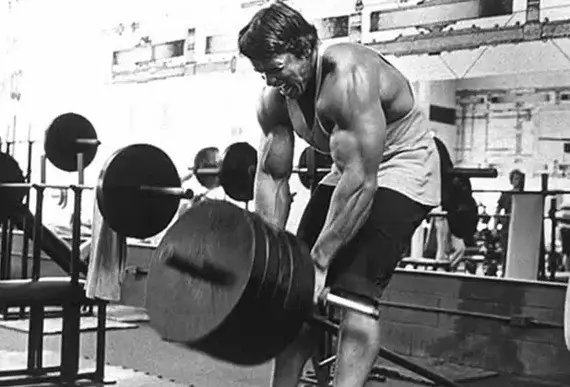
5. The back-burner method
If you have a really weak muscle group, you may need to put training the rest of your body on the back burner for a while, so you’ve got more time and energy to spend on the body part you need to improve.
This method is a great way to bring up a lagging body part quickly. For example, if your legs need work, try this workout schedule:
- Monday – full body, including legs
- Tuesday – rest
- Wednesday – legs only
- Thursday – rest
- Friday – rest
- Saturday – legs only
- Sunday – rest
Don’t do the same workout every time – that’s a good way to get bored. Instead, mix things up by creating a couple of different leg workouts and using them in rotation.
6. The 2:1 method
The 2:1 method involves doing two sets for your lagging body part for every one set you do for the rest of your body. Review your current training program and count up how many sets you are doing per muscle group. The chances are that you’re doing roughly the same number of sets for each muscle group.
You may even discover that you’re doing fewer sets for one muscle group, and that’s the one you want to bring up. Cause and effect, man!
Maintain your stronger muscle groups while bringing up the weaker one by doubling training volume for the area you want to improve. This may require adding an additional workout to your schedule (see the next method for details) or just doing a longer workout to accommodate those extra sets.
7. The train it twice method
Standard bodybuilding workouts usually involve training each muscle group once a week. This approach is good for muscle growth, but not so good for fixing muscle imbalances and weaknesses.
Once you’ve determined which muscle group you need to bring up, create a second session for it, and train it again a few days after your initial workout.
For example, if you need to bring up your lower body:
- Monday – legs (1)
- Tuesday – chest and triceps
- Wednesday – back and biceps
- Thursday – legs (2)
- Friday – shoulders and arms
- Saturday – rest
- Sunday – rest
8. The do-nothing else for nine workouts method
If you are serious about bringing up a lagging muscle group, consider training it exclusively for three weeks. Not only will your weaker muscle group catch up faster, but the rest of your body will also detrain slightly to bring everything back in line more efficiently.
Train your lagging muscle group, and nothing else three times per week for three weeks to total nine workouts. This should shock your muscles into new growth.
Why only three weeks? Because any more will probably lead to overtraining, and your other body parts will detrain too much. Three weeks and nine workouts are just long enough for this method to work.
How to Bring Up a Lagging Muscle Group – Wrapping Up
Lagging muscle groups can affect how you look, feel, and perform. They can be a cause of embarrassment, frustration, and even injury. Ignoring them won’t help. Yes, you COULD just wear long pants to hide your skinny legs, but that’s not a long-term solution. You’re treating the symptom and not the cause.
In fact, the longer you leave them, the harder lagging muscle groups are to fix, as the better developed the rest of your body will be.
Use these methods to turn your areas of weakness into strengths. Arnie did it; he turned calves that he didn’t want photographing into some of the best lower legs in bodybuilding history.
It won’t be easy, and it will take work, but the feeling of satisfaction you’ll get from bringing up a weak body part is hard to beat!

